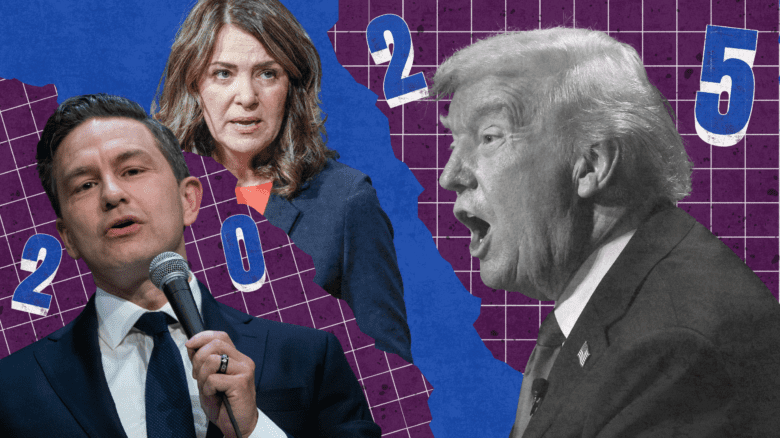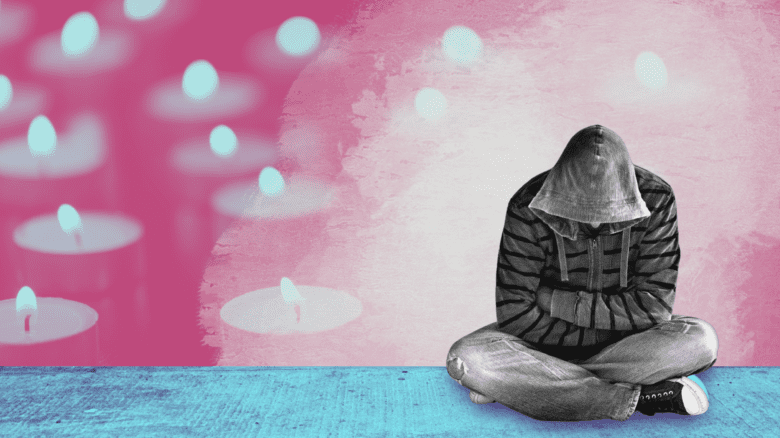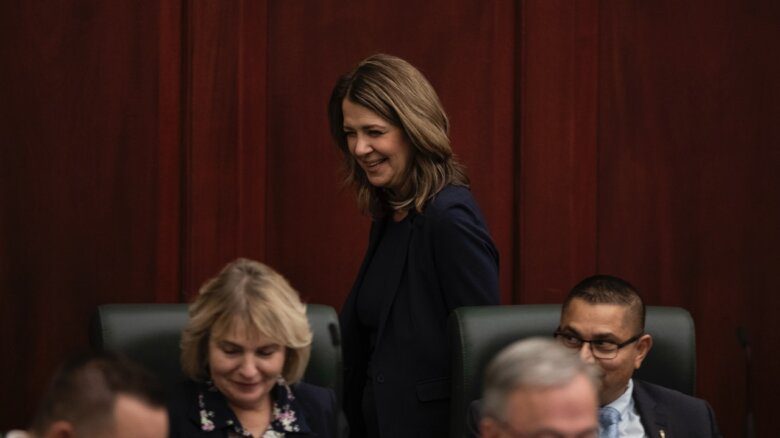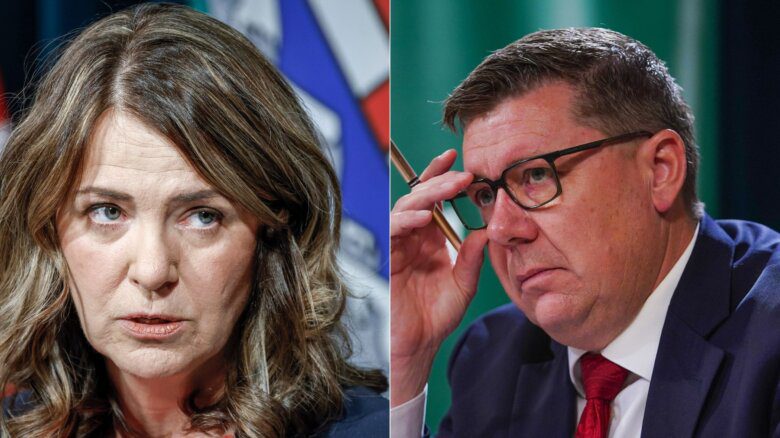During my interview with Canadian immigration minister Sean Fraser a few weeks ago, he was very keen to talk about the federal government’s efforts with regard to refugees in Central America, particularly queer and trans refugees. This was following Fraser’s first official foreign visit as a minister at the end of 2021, to Guatemala. Fraser has said that the issue is very personal for him, and while some refugee advocates applaud Canada’s good intentions in the region, there are questions as to whether it’s enough.
“Canada, and myself as minister, has taken on the position as chair of the MIRPS Support Platform,” says Fraser, referring to the Spanish acronym for the Central American and Mexico Comprehensive Regional Protection and Solutions Framework. “Essentially what it is, is a group of Central American countries and Mexico that work together to try to promote regular migration so that they can better manage the immense flow of people that they see throughout the region.”
Canada has joined a group of developed economies from around the world that want to support the work of the Mexican and Central American governments. This isn’t just altruism; in Canada’s case, five percent of people migrating from the region have Canada in mind as their final destination.
“We want to help ensure that [Mexico and Central American countries] can better manage migration, including protection of refugees and asylum seekers,” says Fraser. “What we’re trying to do with our position as chair during our term is to bring a focus to the need to consider the specific needs of women and girls, as well as the LGBTQ+ community, to make sure that we’re identifying and responding to the needs that are unique to these particular groups, which face disproportionate persecution in the region as they’re seeking to move throughout countries, which have varying attitudes toward these communities.”
Fraser says that Canada funds a number of organizations in the region that support these vulnerable populations, some of which Fraser visited during his time in Guatemala. Canada has contributed $10 million in the region through these organizations to help better protect against the abuse that these groups face when they are fleeing domestic violence, and when they’re being targeted by criminals in the community who would do them harm on the basis of who they are, whether it’s women, children or members of the LGBTQ+ community.
“By helping other countries build their capacity to deal with the movement of people, and to better protect them in their country of origin so they’re less likely to flee in the first place, we can introduce in partnership with countries in the region a new level of stability that makes life easier for some of these people who are incredibly vulnerable,” Fraser says.
When noting the importance of listening to people on the ground, Fraser details a personal connection to the issue—that his sister-in-law fled Guatemala years ago because she was facing violence in her family.
“She fled with her younger sisters to California, and barely spoke a word of English at the time, having snuck through Mexico, and was essentially smuggled into the United States, fleeing a very dangerous and violent situation,” Fraser says.
Fraser says that countries like Canada can’t come to the situation with a patronizing point of view that they have all of the solutions because they have a developed economy.
“What people on the ground will tell you is so obvious, that if you help establish a capacity to fight poverty, to have policing that is more sensitive to the needs of women, children and LGBTQ+ community, if you make our communities safer and more vibrant places to live, and more prosperous places to live, we wouldn’t need to deal with irregular migration because there would be less of it to begin with,” Fraser says.
“There would still be some [irregular migration], and we’ll need to adopt systems that allow different governments in the region to manage the flow of people more effectively. But if you try to address these problems at the root by supporting the local community and advancing the solutions they identify, you’re going to get a lot further than throwing money from developed economies at a problem without engaging in that conversation with the people who have lived experience,” Fraser says.
“Channelling funds to local organizations doesn’t immediately and comprehensively address the issues befalling LGBTQ+ refugees in Central America.”
Nicholas Hersh, an immigration and refugee lawyer at Community Legal Services of Ottawa, says he appreciates that Fraser has identified some of the serious safety concerns for LGBTQ+ refugees in Central America and Mexico.
“For many of my clients from Central America, particularly El Salvador, they often risk harassment, extortion and homophobic/transphobic violence during their journeys towards a potential safe haven in the United States or Canada,” Hersh says in an email. “That said, I’m concerned that channelling funds to local organizations doesn’t immediately and comprehensively address the issues befalling LGBTQ+ refugees in Central America.”
Hersh notes that gang violence is rampant and widespread in these countries, and it’s well documented that gangs disproportionately target LGBTQ+ individuals. He points to reports of LGBTQ+ refugees facing violence while awaiting processing by U.S. immigration authorities in Tijuana, as well as a Human Rights Watch report that not only details the violence, but notes a U.S. policy of transferring asylum seekers to Guatemala, where they don’t have effective protection. Guatemala has recently passed a ban on same-sex marriage in the country, as well as increased restrictions on abortions.
Fraser offered no specifics on just what Canada’s aid to organizations on the ground in those countries would do when it comes to addressing the gang violence.
“Canada has a solid reputation and commitment toward resettling LGBTQ+ refugees, and Central America is a region where I think the government could really allocate more resources to aiding LGBTQ+ refugees in resettling directly to Canada,” Hersh says.
The government does have a history of providing immigration loans to some refugees who qualify, which could mean bypassing the dangerous trek that many queer and trans refugees would need to make in order to reach the American border, where the Safe Third Country Agreement would kick in; but they would be expected to apply for asylum in the U.S. rather than Canada.
Concrete support on the ground that explicitly addresses the needs of LGBTQ+ communities in Central American countries is a good start. But if Fraser is serious about helping LGBTQ+ refugees in the region reach Canada safely, then perhaps there is more that his government should be doing to ensure that this happens on a more consistent basis.
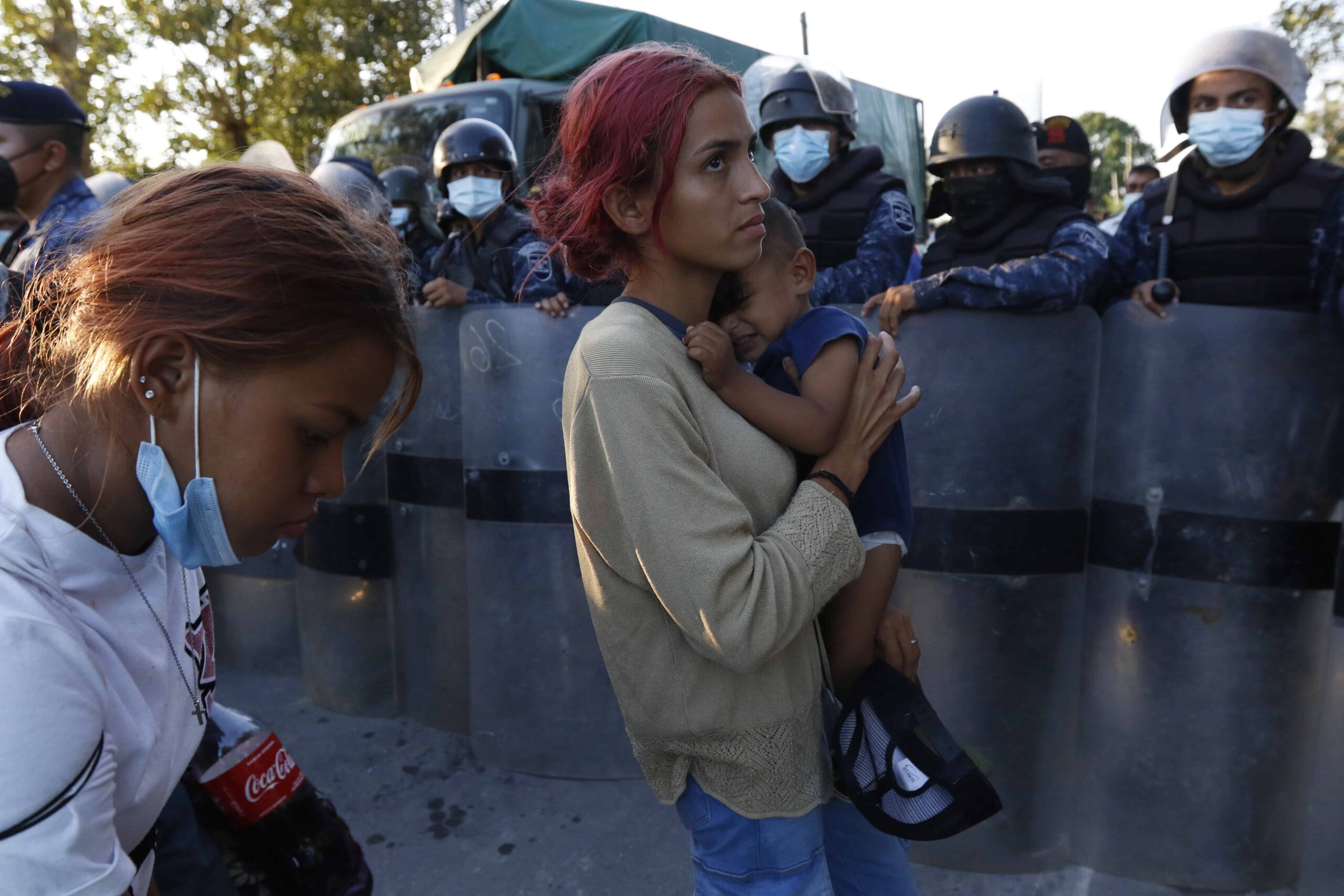

 Why you can trust Xtra
Why you can trust Xtra